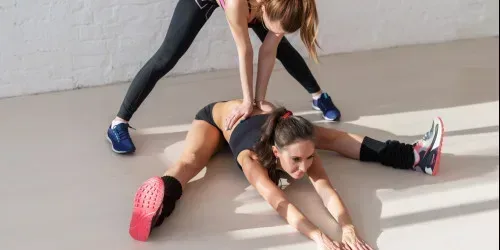
Stretching performed before the workout or at the end of the exercise program is an essential component for health, which is often overlooked. Studies support the long-term and short-term benefits of different types of stretching.
What is stretching?
Stretching is a form of physical exercise that involves deliberately flexing or stretching a specific muscle or tendon to improve muscle elasticity and achieve muscle tone. The result is a sensation of increased muscle control, flexibility, and increased range of motion.
The benefits of stretching
➡️ Increased flexibility and range of motion
➡️ Improved circulation
➡️ Better posture
➡️ Stress relief
➡️ Improved coordination
The most common forms of stretching are static and dynamic stretching. Additionally, stretching can be active or passive. In the case of active stretching, it involves using internal forces generated by the body to perform a stretch. Passive stretching involves external forces from objects or other individuals to facilitate the stretch.
Dynamic stretching
Dynamic stretching is movement-based stretching with the aim of increasing blood flow throughout the body while relaxing the muscles. Another form of dynamic stretching is ballistic stretching, which is an active stretch that involves quick movements in and out of a stretched position, pushing a muscle beyond its typical range of motion using momentum. Ballistic stretching can cause joint issues, so it is advised not to overdo this type of exercise. Dynamic stretches consist of active movements such as jumps, brisk walking, or jogging that cause the muscles to stretch but are not held in the end position. This type of stretching is usually performed before a workout session to warm up the muscles and prepare them for intense activity.
Static stretching
The simplest static stretches are passive stretches that bring the joint to the end of its range of motion and hold it there using external forces. There are more advanced forms of static stretching, such as proprioceptive neuromuscular facilitation (PNF), which involves both active muscle contractions and external passive forces. Static stretching involves holding a stretch in a comfortable position for 10-30 seconds (e.g., classic toe-touch stretch). This form of stretching is beneficial at the end of a workout.
Important areas of the body that should benefit from daily stretching include the lower body – calves, hamstrings, hip flexors in the pelvis, and quadriceps on the front of the thigh – as well as the upper body – shoulder muscles, neck, and back, essentially the entire body.
Regular stretching helps improve flexibility, increases mobility, and reduces the risk of injuries caused by connective tissue damage.
It is important to incorporate stretching whether you are preparing for a workout or want to release accumulated muscle tension at the end of a training session. This form of movement can be adopted as a constant part of your life to revitalize your tone and energy, regardless of age.”
Diana Pivniceru
"Diana Pivniceru este fosta atleta de performanta si Vicecampioana Nationala în proba de 800m sprint, având la activ sapte ani de performanta în fitness si opt titluri de campioana nationala, de doua ori campioana nationala absoluta. Totodata, Diana este câstigatoarea medaliei de bronz în cadrul Campionatului National la proba de 1500m, precum si a altor medalii obtinute la competitiile de cupe si grand prix-uri. Practicanta a fitness-ului de performanta de opt ani si câstigatoare a titlului national de opt ori consecutiv, Campioana Tiger Classic, Campioana Balcanica în 2018 si a altor medalii obtinute în cadrul competitiilor organizate la scara mai mica, precum GrandPrix Pronutrition, Semtex. De asemenea, Diana este componenta lotului national, participanta la Campionatul European si Campionatul Mondial. Diana este absolventa a Facultatii de Educatie Fizica si Sport si a Masteratului în Educatie Fizica Școlara, printre cursurile finalizate numarându-se: cursul de instructor fitness, instructor aerobic, antrenor personal, technician nutritionist, technician masseur. "
Recent Posts
Related Articles
CrossFit exercises practiced outdoors or at home
Concentration and discipline are indispensable for succeeding in any training program, regardless...
July 27, 2023Health guide for “ageless” women
Discover the Benefits of Physical Exercise and the Best Types of Training...
July 27, 2023Home-Based Pregnancy Workout in Comfort
The Benefits of Prenatal Home Workout The way we interact with people...
July 10, 2023Supplementation with Vitamins and Minerals
Essential nutrients for the body The macronutrients and micronutrients are essential for...
July 10, 2023
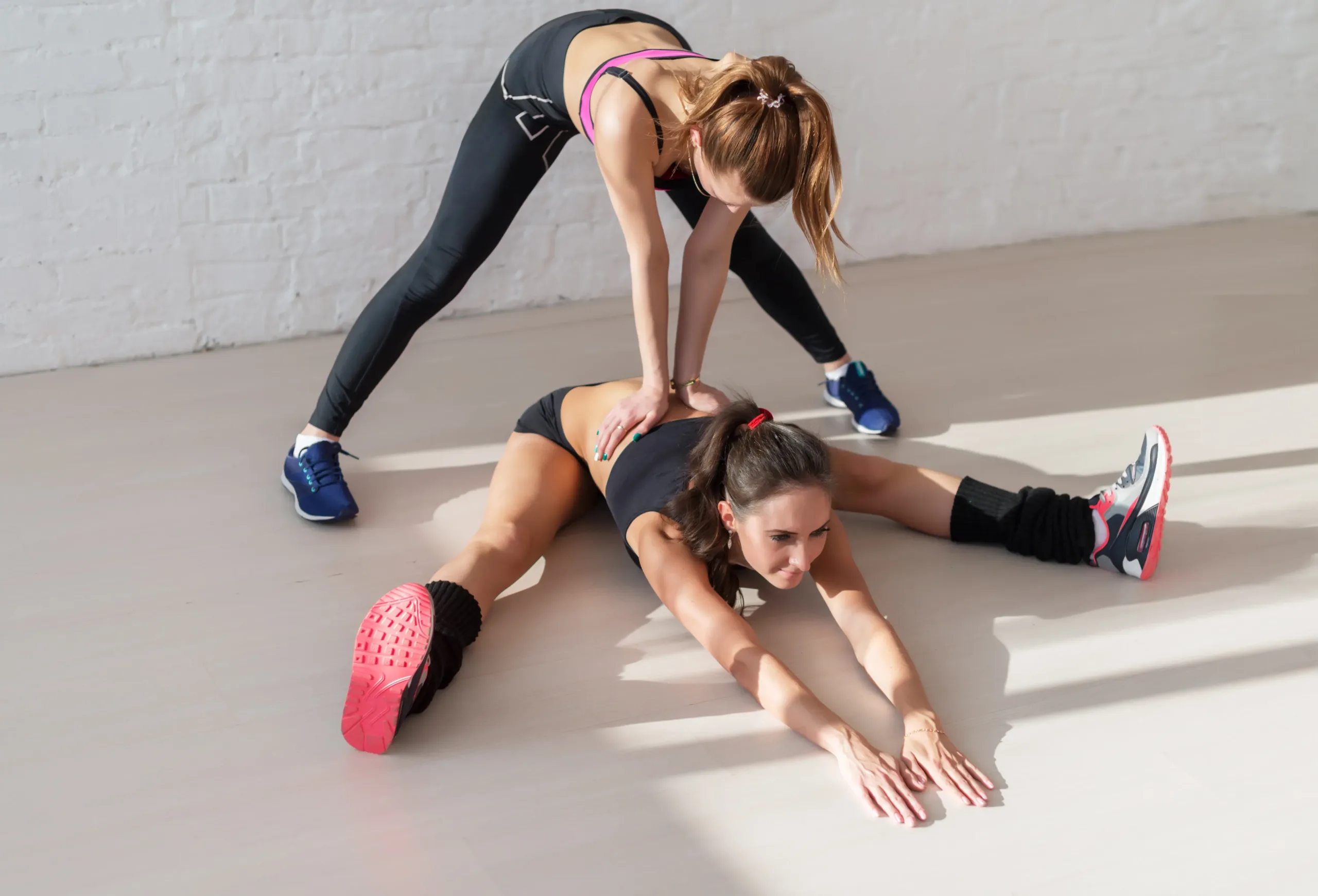
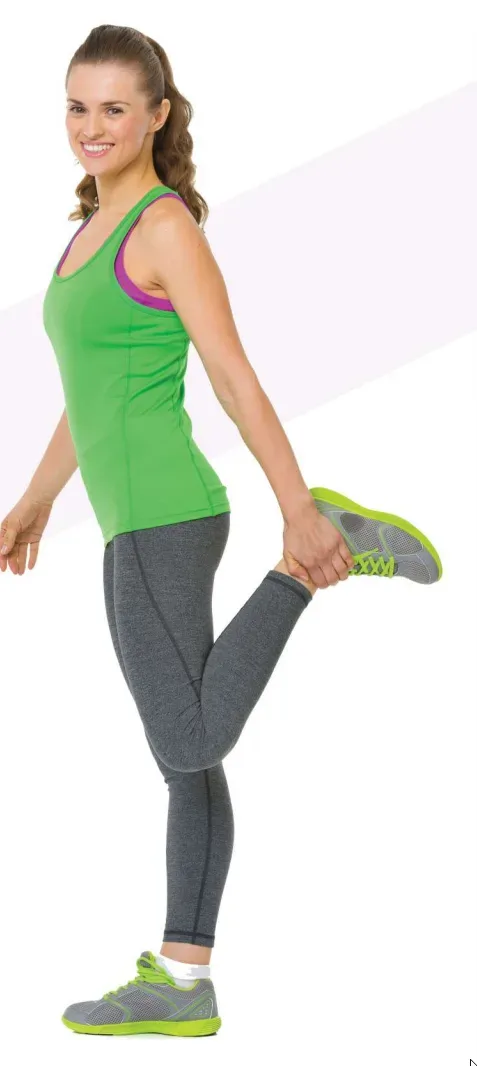



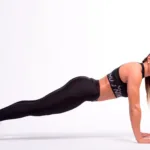
















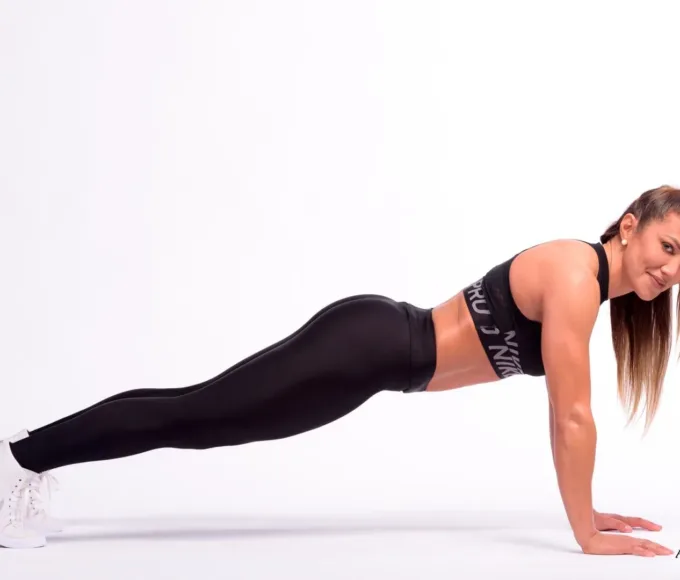



Leave a comment